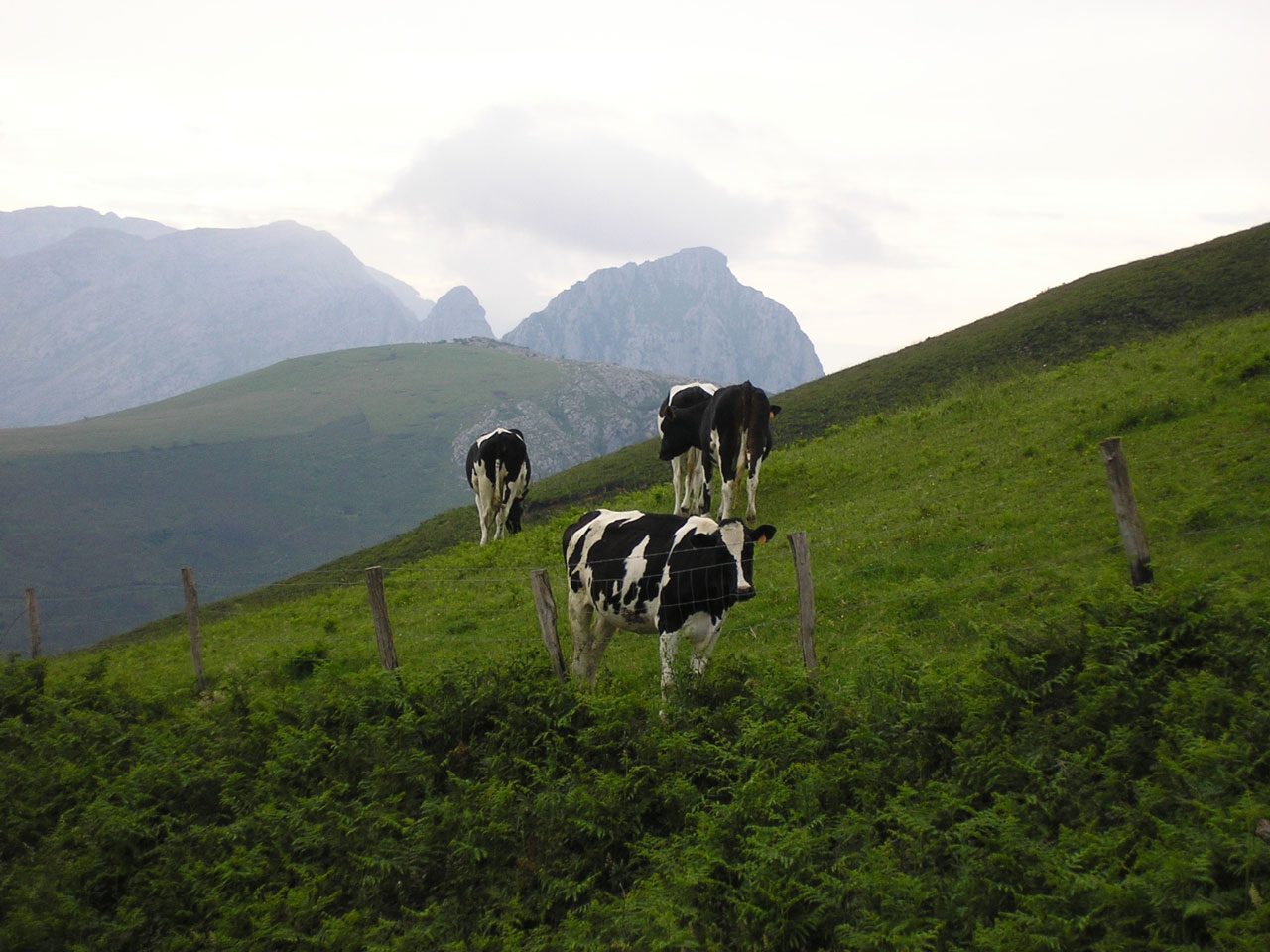Diferencia entre revisiones de «Ganaderia y pastoreo en vasconia/en»
De Atlas Etnográfico de Vasconia
(Página creada con «===Outstanding contents=== ====[/images/thumb/1/12/3.84_Vaca_y_su_cria._Lasa_(BN)_2000.jpg/1200px-3.84_Vaca_y_su_cria._Lasa_(BN)_2000.jpg|Farming and Shepherding in the Bas...») |
(Página creada con «{{DISPLAYTITLE: Livestock Farming and Shepherding in the Basque Country}} {{#bookTitle:Livestock Farming and Shepherding in the Basque Country | Ganaderia_y_pastoreo_en_vas...») |
||
| Línea 2: | Línea 2: | ||
<languages></languages> | <languages></languages> | ||
| − | {{DISPLAYTITLE: | + | {{DISPLAYTITLE: Livestock Farming and Shepherding in the Basque Country}} {{#bookTitle:Livestock Farming and Shepherding in the Basque Country | Ganaderia_y_pastoreo_en_vasconia/en}} |
Revisión actual del 09:51 25 feb 2020

Livestock Farming and Shepherding in the Basque Country
Animal husbandry as a way of life rather than an economic opportunity: aspects related to domestic animals and the human-animal bond.
Grassy pastures in Carranza (B), 2009. Source: Luis Manuel Peña, Etniker Euskalerria Groups.



_2000.jpg/1200px-3.84_Vaca_y_su_cria._Lasa_(BN)_2000.jpg)
.jpg/1200px-3.171_Illorra_Oidui_Aralar_(G).jpg)
_1982.jpg/1200px-3.304_Matoia_estutzen._Aralar_(G)_1982.jpg)
.jpg/1200px-3.356_Colmenar_en_Lasa_(BN).jpg)
